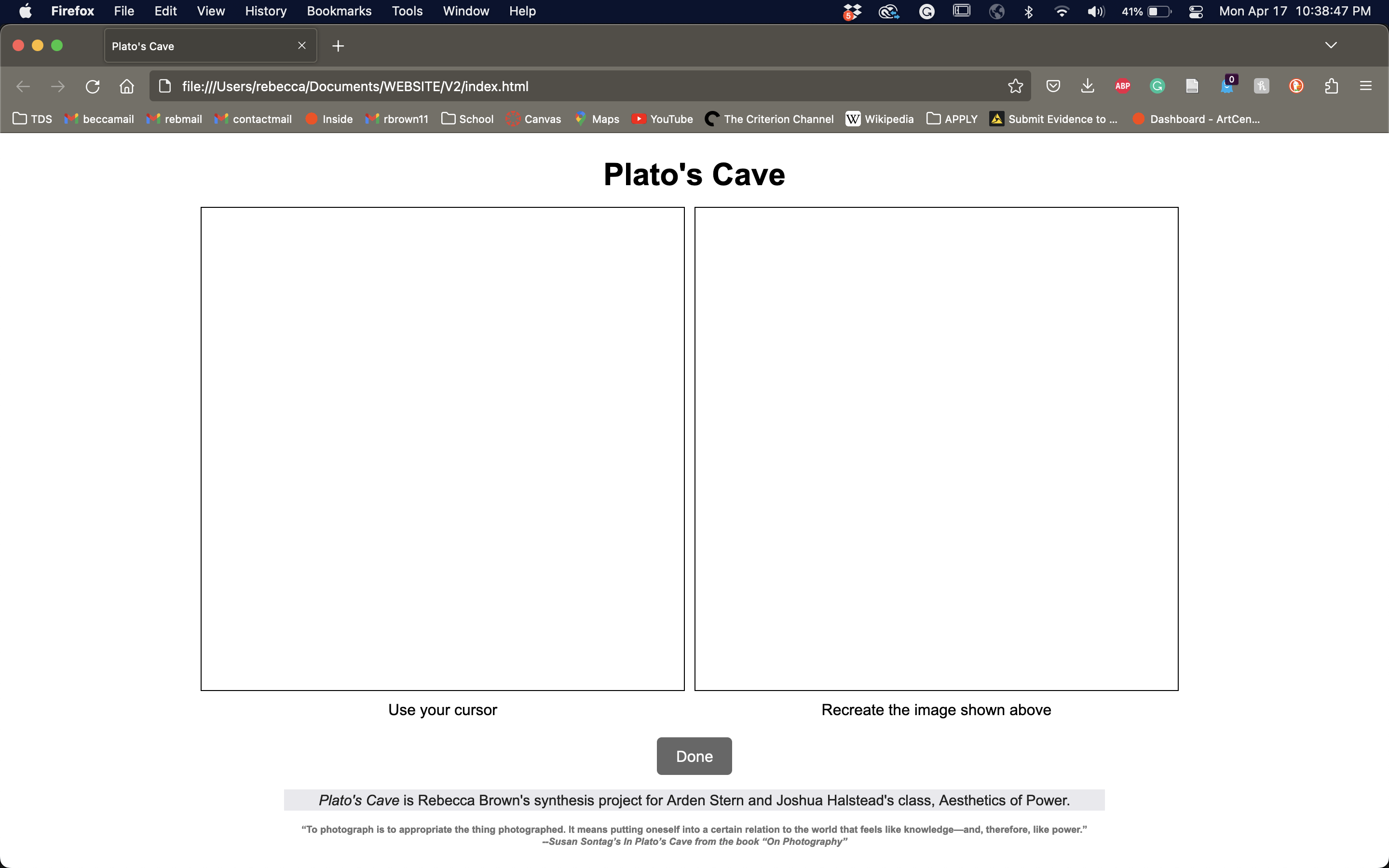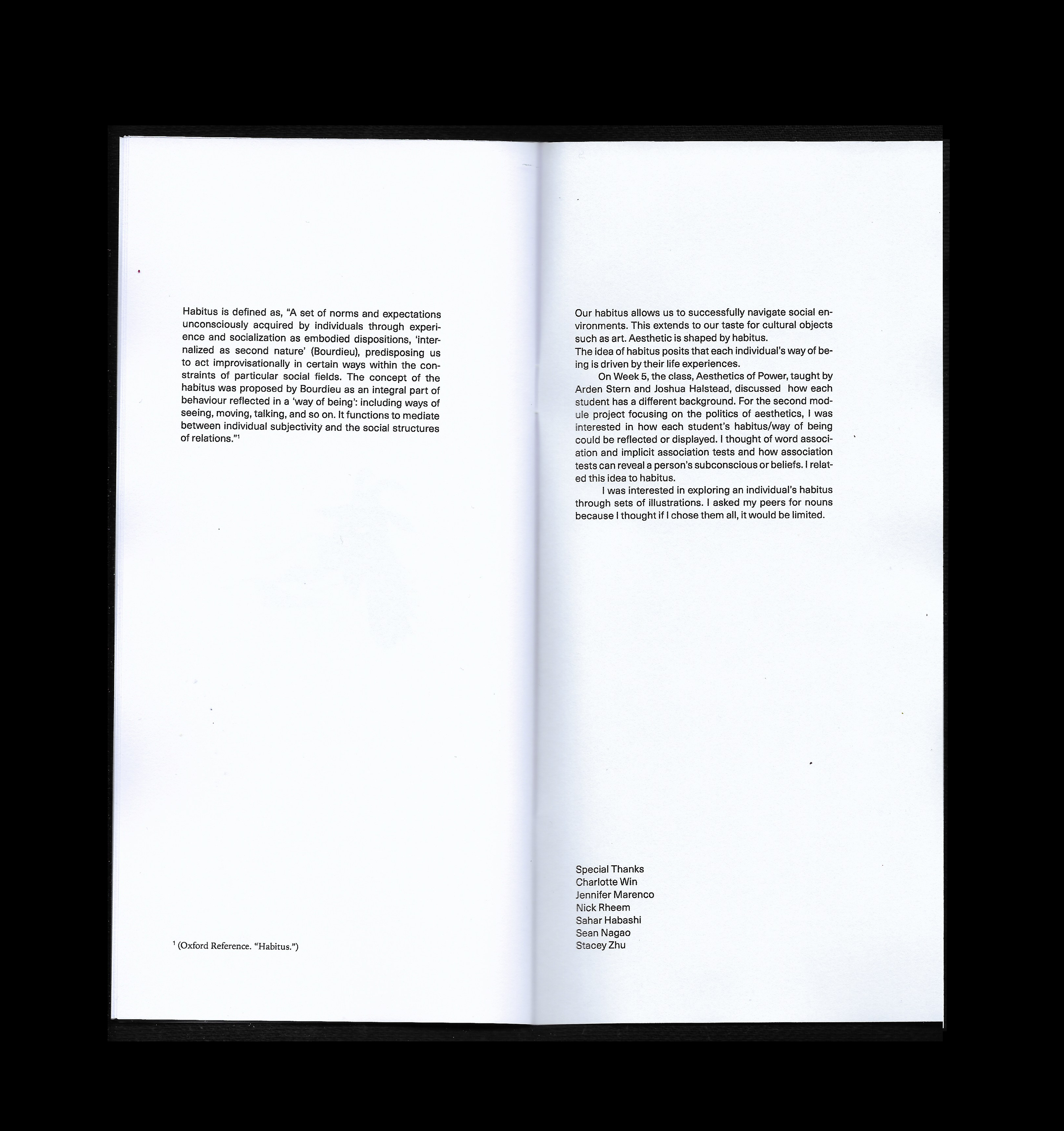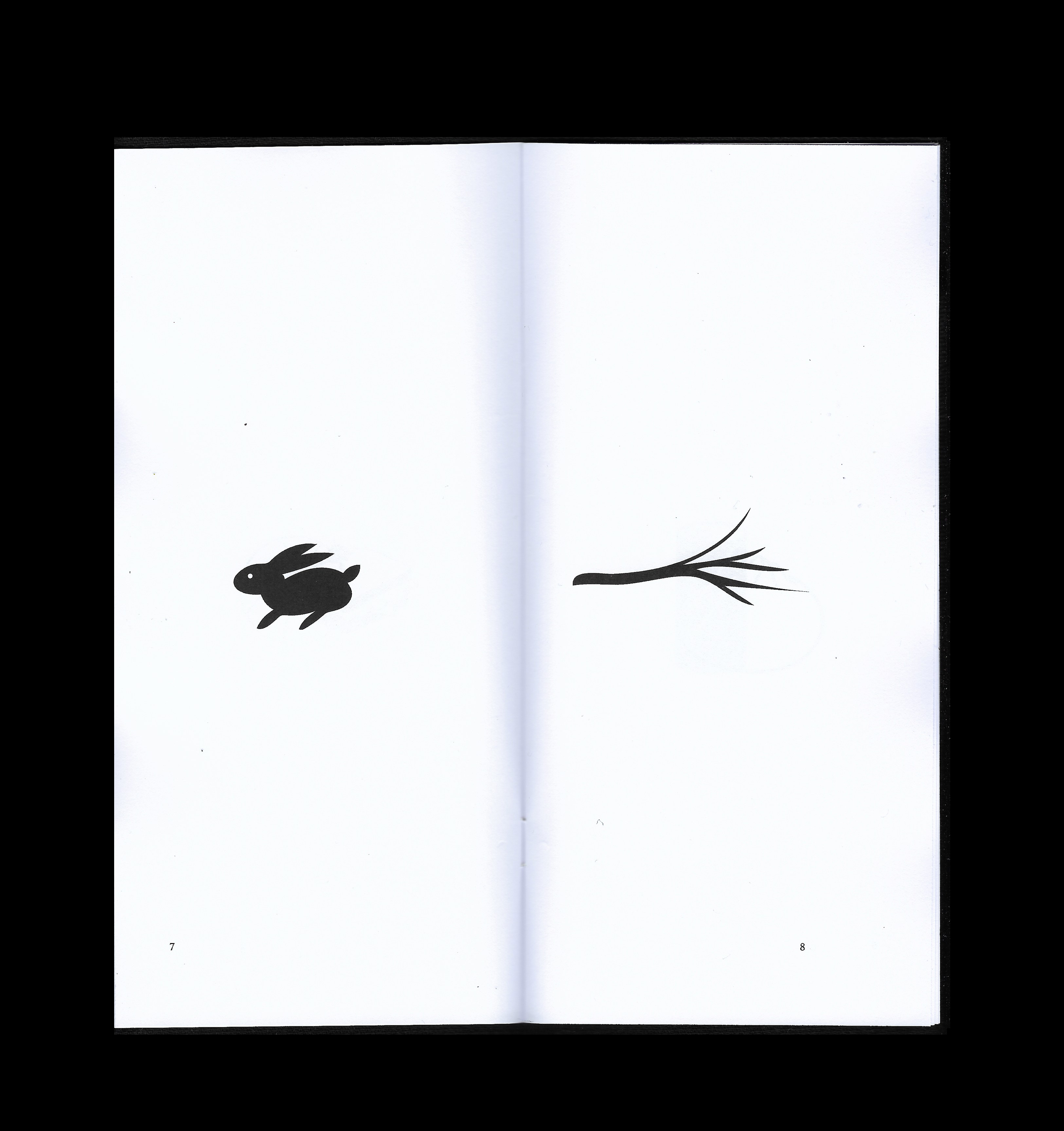Rebecca Brown
(b. 2001, Fort Knox, KY)
(b. 2001, Fort Knox, KY)
【 About 】
I’m a painter and graphic designer based in Los Angeles, CA. My work includes painting, custom typography, publications, and production art.
【 Work 】
Portfolio available upon request.
View my paintings here.
【 Contact 】
Email contact(at)rebeccabrown.info
Instagram @rebeccagalsek
I’m a painter and graphic designer based in Los Angeles, CA. My work includes painting, custom typography, publications, and production art.
【 Work 】
Portfolio available upon request.
View my paintings here.
【 Contact 】
Email contact(at)rebeccabrown.info
Instagram @rebeccagalsek
【 Education 】
2023 Honors Fellowship Recipient, ArtCenter College of Design.
2023 BFA, Illustration, ArtCenter College of Design.
【 Selected Exhibitions and Projects 】
2025 Solo Exhibition, Spike, La Loma Gallery, Los Angeles, CA.
2024 Tea Sessions by Studio PM, P.S. Art Books at Face Guts Gallery, Los Angeles, CA.
2022 Group Exhibition, Press Pause, ArtCenter South Campus Gallery, Pasadena, CA.
【 Experience 】
Currently Graphic Designer at Blue Revolver Inc.
Previously Graphic Designer at Franklyn; Exhibitions Coordinator at Sea View; Lead Editor and Designer at Source Material; Brand Design Intern at OMFGCO; Studio Assistant for Ben Sanders; Projectionist at the Los Angeles Times Media Center.
2023 Honors Fellowship Recipient, ArtCenter College of Design.
2023 BFA, Illustration, ArtCenter College of Design.
【 Selected Exhibitions and Projects 】
2025 Solo Exhibition, Spike, La Loma Gallery, Los Angeles, CA.
2024 Tea Sessions by Studio PM, P.S. Art Books at Face Guts Gallery, Los Angeles, CA.
2022 Group Exhibition, Press Pause, ArtCenter South Campus Gallery, Pasadena, CA.
【 Experience 】
Currently Graphic Designer at Blue Revolver Inc.
Previously Graphic Designer at Franklyn; Exhibitions Coordinator at Sea View; Lead Editor and Designer at Source Material; Brand Design Intern at OMFGCO; Studio Assistant for Ben Sanders; Projectionist at the Los Angeles Times Media Center.
【 Work 】
Portfolio available upon request.
View my paintings here.
【 Contact 】
Email contact(at)rebeccabrown.info
Instagram @rebeccagalsek
Portfolio available upon request.
View my paintings here.
【 Contact 】
Email contact(at)rebeccabrown.info
Instagram @rebeccagalsek
【 Education 】
2023 Honors Fellowship Recipient, ArtCenter College of Design.
2023 BFA, Illustration, ArtCenter College of Design.
【 Selected Exhibitions and Projects 】
2025 Solo Exhibition, Spike, La Loma Gallery, Los Angeles, CA.
2024 Tea Sessions by Studio PM, P.S. Art Books at Face Guts Gallery, Los Angeles, CA.
2022 Group Exhibition, Press Pause, ArtCenter South Campus Gallery, Pasadena, CA.
【 Experience 】
Currently Graphic Designer at Blue Revolver Inc.
Previously Graphic Designer at Franklyn; Exhibitions Coordinator at Sea View; Lead Editor and Designer at Source Material; Brand Design Intern at OMFGCO; Studio Assistant for Ben Sanders; Projectionist at the Los Angeles Times Media Center.
2023 Honors Fellowship Recipient, ArtCenter College of Design.
2023 BFA, Illustration, ArtCenter College of Design.
【 Selected Exhibitions and Projects 】
2025 Solo Exhibition, Spike, La Loma Gallery, Los Angeles, CA.
2024 Tea Sessions by Studio PM, P.S. Art Books at Face Guts Gallery, Los Angeles, CA.
2022 Group Exhibition, Press Pause, ArtCenter South Campus Gallery, Pasadena, CA.
【 Experience 】
Currently Graphic Designer at Blue Revolver Inc.
Previously Graphic Designer at Franklyn; Exhibitions Coordinator at Sea View; Lead Editor and Designer at Source Material; Brand Design Intern at OMFGCO; Studio Assistant for Ben Sanders; Projectionist at the Los Angeles Times Media Center.
【 Home 】
Plato’s Cave
Research, web
Susan Sontag’s excerpt, In Plato’s Cave from the book, On photography,
“To photograph is to appropriate the thing photographed. It means putting oneself into a certain relation to the world that feels like knowledge—and, therefore, like power.”
On a website where an image is provided, the first user draws from memory. The next user now has to draw from the previous user’s drawing. Each user knows that their drawing will be the next user’s reference image.
I am interested in generating interpretations knowing that our upbringing and experiences determine how we respond to things. Due to the generative nature of this project, I am interested in how long people can maintain or honor the memory of the original image. This reminds me of storytelling and how stories often change over time. The retelling and reiterative nature of this project show how recreation and memory are not reliable in an objective way but consider that it is reliable in a subjective manner.
“To photograph is to appropriate the thing photographed. It means putting oneself into a certain relation to the world that feels like knowledge—and, therefore, like power.”
On a website where an image is provided, the first user draws from memory. The next user now has to draw from the previous user’s drawing. Each user knows that their drawing will be the next user’s reference image.
I am interested in generating interpretations knowing that our upbringing and experiences determine how we respond to things. Due to the generative nature of this project, I am interested in how long people can maintain or honor the memory of the original image. This reminds me of storytelling and how stories often change over time. The retelling and reiterative nature of this project show how recreation and memory are not reliable in an objective way but consider that it is reliable in a subjective manner.



Habitus
Research, print
I asked my classmates to respond to 10 sets of illustrations, similar to an image association test. I wanted to explore the idea of Pierre Bordieu’s habitus—our habitus allows us to navigate social environments successfully. This extends to our taste for cultural objects such as art. Aesthetic is shaped by habitus.
The idea of habitus posits that each individual’s way of being is driven by their life experiences. I was interested in how someone’s habitus/way of being could be reflected or displayed. I thought of word association and implicit association tests and how association tests can reveal a person’s subconscious or beliefs.
The idea of habitus posits that each individual’s way of being is driven by their life experiences. I was interested in how someone’s habitus/way of being could be reflected or displayed. I thought of word association and implicit association tests and how association tests can reveal a person’s subconscious or beliefs.


